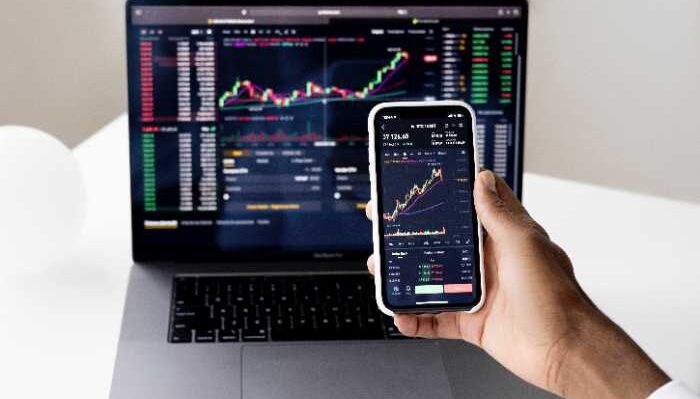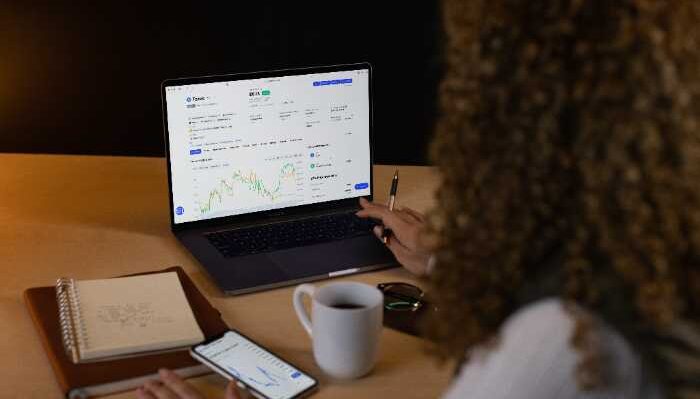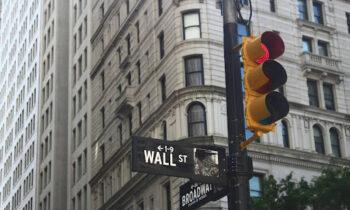
When you buy a stock in a stock market, you may do so to close that position later. This is called a buy-to-close transaction. On the other hand, when you buy to open, you initiate a new position in the stock. There is so much to learn about Buy to close vs. Buy to open. But do you know what the good news is? You’re in the right place. There is a significant distinction between buy to close and buy to open transactions for your broker. Let’s break it down together.
What Are Options?
We need to review options to understand buy to close and buy to open orders. An alternative is a contract that gives the right to buy or sell an underlying asset at an established price before its expiration date, but not the obligation.
There are two types of options: puts and calls. A put option enables the holder to trade your underlying asset, whereas a put or call option allows it to acquire it.
All call options contract is for 100 shares of the underlying asset. So, if you buy one call option contract, you have the right to buy 100 shares of the underlying stock at a set price. This also applies to the underlying security.
Option Trading Terms
You need to know several essential terms to make informed decisions regarding options trading. Two of these terms are “buy to close” and “buy to open.” which we’re going to look at today. Other trading options include sell to close and sell to open. So, it’s ideal for defining both of them briefly and trade options pros and cons for you to understand each of them clearly.
The Difference Between Buy To Close and Buy To Open

Now that we’ve defined both buy to close and buy to open orders, let’s look at the critical differences between the two.
A buy to close the transaction is executed to offset an existing short position, while a buy to open trade establishes a new long position. You execute the Buy to close the order when the security price reaches the buy-to-close price. In contrast, a buy to open order is executed when the underlying security’s price reaches the buy-to-open price. Here is detailed information on both of these options.
What Is Buy To Close?
A buy to close order is an order to buy a security that offsets and closes out an existing short position. The holder places a buy-to-close order of the temporary position and is executed when the security price reaches the buy-to-close price.
For example, let’s say you shorted 100 shares of ABC stock at $10 per share. The stock’s current price is now $11 per share, and you want to buy the shares to close out your position. So you would place a buy-to-close order for 100 shares of ABC stock at $11 per share.
What Is Buy To Open?
A buy-to-open order is a security that establishes a new long position. The buy-to-open order is placed by the investor who wants to establish a prolonged position and is executed when the security price reaches the buy-to-open price.
For example, let’s say you wanted to buy 100 shares of ABC stock at $10 per share. So you would place a buy-to-open order for 100 shares of ABC stock at $10 per share.
Buy to Open vs. Buy to Close: When Should You Use Each One?

You might be wondering when you should use each of the two options. Generally speaking, if you want to establish a new long position in a stock, you will place a buy-to-open order. And if you have an existing short position that you want to close out, you would place a buy-to-close order.
It’s important to remember that Buy to open and buy to close is two different animals. So make sure you understand the critical differences before making any moves in the market.
Why Do You Need To Open A Position?
To open a position typically means to buy an asset. So, for example, if you wanted to buy shares of Apple stock, you would place a buy order, and your broker would execute the trade and purchase the shares for you.
Your broker will fill the order at the best available price when you place a buy order.
Why Do You Need To Close A Position?
Closing a position is the opposite of opening one. You sell the asset and exit the trade when you close a position. For example, if you own 100 shares of Apple stock and want to sell them, you would place a sell order, and your broker would execute the trade and sell the shares for you.
Like with buy orders, your broker will fill the order at the best available price when you place a selling options order. So, if Apple stock is trading at $100 per share and you put a sell order, you will fill your order at that price.
When Should You Open Or Close A Position?
The decision of when to open or close a position is entirely up to you as the trader. There is no right or wrong time to open or close a position. It all depends on your trading strategy and the market conditions.
For example, if you’re a day trader, you might open and close positions several times throughout the day. Or, if you’re a swing trader, you might hold a position for days or weeks at a time.
It’s important to remember that there is no right or wrong answer for opening and closing positions. It all depends on your trading strategy and the market conditions.
Conclusion
The main difference between Buy to close and buy to open is that a buy to close order is executed to offset an existing short position. In contrast, a buy to open order establishes a new long position. Buy to close orders are placed by the holder of the temporary position, while investors who want to develop the long position buy to open orders.
So, now that you know the difference between buy to close and buy to open, you can make more informed decisions when trading in the market. There is no right or wrong time to open or close a position. It all depends on your trading strategy and the market conditions.



